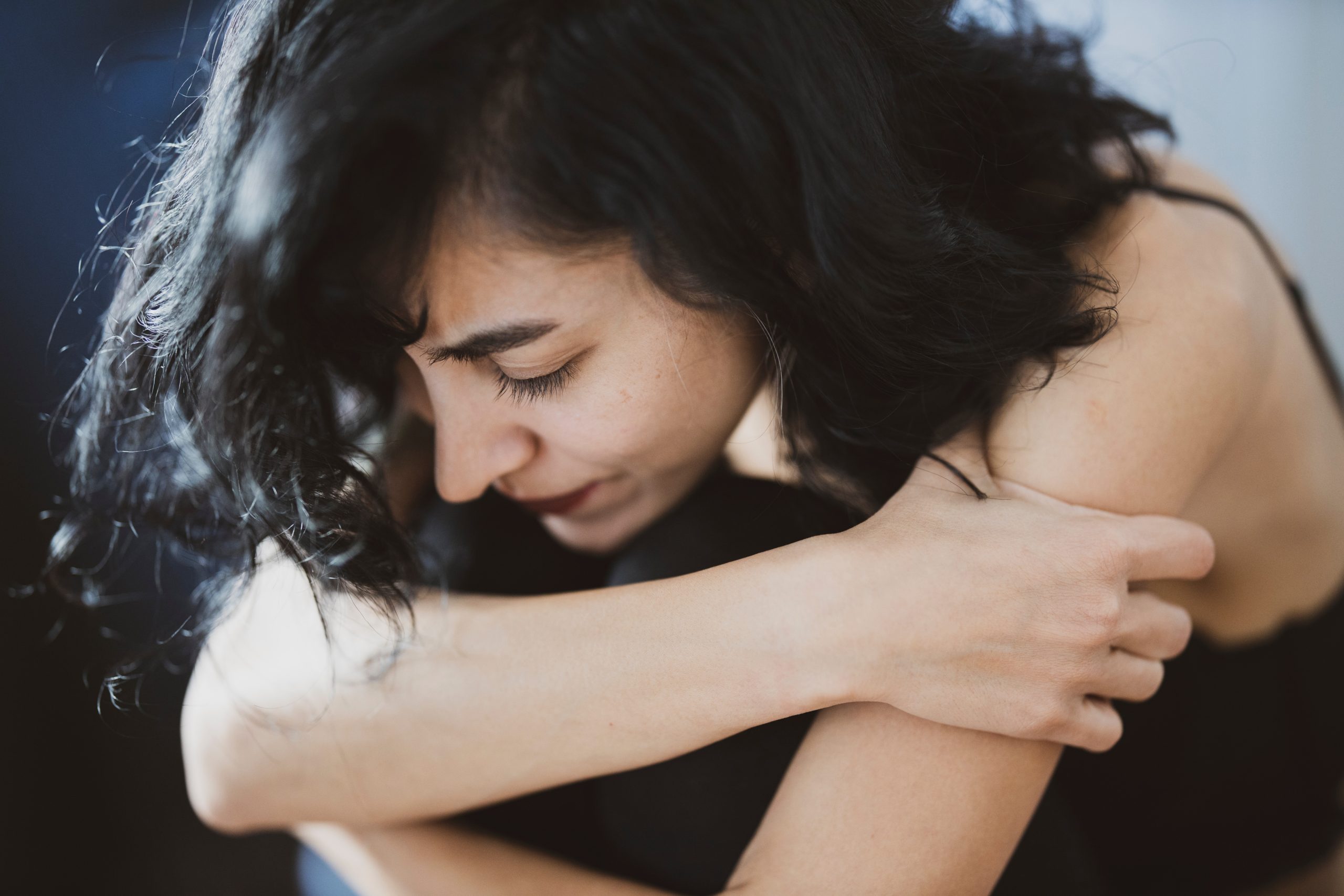In the intricate landscape of human relationships, a range of complex psychological phenomena come into play. One such phenomenon, powerful and perplexing in equal measure, is trauma bonding. This term may sound alien to some, and yet, it plays a role in the dynamics of many relationships, often in ways we might not readily recognize.

Table of Contents
What is Trauma Bonding?
What does it mean, and why does it have such a significant impact on our emotional lives and relationships?
Trauma bonding refers to a deep emotional attachment that can form between two people when they experience intense, shared emotional situations, often marked by a cycle of abuse, neglect, or harm. It’s like being shackled in an emotional whirlpool, drawing you deeper into an unhealthy relationship that seems almost impossible to leave.
At the core of trauma bonding is the powerful dance between pain and intermittent relief. Here, the person inflicting the harm intermittently provides comfort or shows kindness, causing the person on the receiving end to develop a strong, albeit toxic, attachment. It’s the proverbial carrot-and-stick situation, where love and pain are intertwined, creating a bond that’s as complex as it is detrimental.
This paradoxical bond can be incredibly hard to break due to its addictive nature. Think of it like a roller coaster ride – the emotional highs can be exhilarating, making the plunges into lows seem bearable, or at least, survivable. We will explain more in the next section.
In essence, trauma bonding is a silent epidemic, a complex psychological phenomenon that often remains hidden beneath the surface of abusive relationships.
The Cycle of Trauma Bonding
The concept of trauma bonding offers a window into some of the most convoluted emotional dynamics. Predominantly found in abusive relationships, trauma bonds are formed when periods of maltreatment are intermittently laced with displays of affection or kindness, creating a potent emotional tie that keeps the person on the receiving end tied to their abuser.
This cycle of peaks and troughs, akin to an emotional rollercoaster ride, mirrors the pattern of inconsistent reinforcement. The hurtful actions instigate a low, period of emotional pain and turmoil. Following this, the abuser switches to a caring and affectionate demeanor, offering a high, temporary relief from the torment. This alternating pattern is comparable to a storm followed by a calm, creating a false sense of security and fostering a toxic bond.
The power of this bond lies in its unpredictability. The lows induce feelings of despair, while the sudden shift to a high creates a semblance of hope. This hope, coupled with the intense relief from the cessation of harm, can lead to a strong emotional attachment to the abuser.
What does it mean to be trauma bonded to someone?
A Form of Survival
Trauma bonding is a survival mechanism. When faced with continuous abuse, the victim might develop a bond with their abuser as a way to mentally and emotionally cope with the situation. This bond, driven by the hope of gaining affection or preventing further abuse, can become incredibly strong, making it hard for the victim to leave the abusive situation.
The Hidden Chains: Recognizing Trauma Bonding
Can be challenging, particularly because it is often masked by intense emotions and a skewed sense of loyalty. Signs of trauma bonding might include denial of the abuse, defending the abuser despite their harmful behavior, fear of breaking the relationship, and experiencing intense withdrawal symptoms when away from the abuser.
Breaking Free: Overcoming Trauma Bonding
While trauma bonds can be difficult to break, recovery is certainly possible. The first step towards healing is recognizing and accepting the existence of a trauma bond. It involves acknowledging the reality of the situation and the harmful impact of the relationship.
Following acknowledgment, seeking professional help can provide a safe space to explore feelings, understand the dynamics of the trauma bond, and learn strategies to break free from the abusive relationship. Therapy can offer valuable tools to rebuild self-esteem, establish healthy boundaries, and foster positive relationships.
Healing is a Journey
Healing from trauma bonding is a journey, not a destination. It requires time, patience, and a lot of self-love. It’s a process of rebuilding one’s identity, reclaiming personal power, and learning to form healthier, more balanced relationships. As challenging as this journey might be, it offers a path towards a future marked by respect, empathy, and genuine connection.

Conclusion: A Light at the End of the Tunnel
It’s an invitation to shine a light on the darker corners of our interpersonal interactions, bringing awareness and empathy to situations where they’re needed the most.
Trauma bonding can be an incredibly difficult cycle to break, but it is not an insurmountable challenge. The strength within you is far greater than any obstacle you may face. With recognition, professional support, and a deep commitment to self-care, you can break the chains of a trauma bond and start on a path towards healing and recovery.
Remember, you are not alone in this journey. Reach out to trusted friends, family, or mental health professionals. Join support groups where you can share your experiences and gain strength from others who understand what you’re going through.
At the end of the day, it’s important to remember that it’s okay to put your needs first. It’s okay to set boundaries and it’s okay to seek help. You deserve relationships that are marked by respect, empathy, and genuine love.
Through understanding, acceptance, and commitment to change, we can break the cycle of trauma bonding. We can transform the bonds of pain into lessons of strength, resilience, and personal growth. It’s a journey filled with small victories, learning curves, and moments of self-discovery. And while it may be fraught with challenges, remember that every step you take is a step towards healing, towards freedom, and towards a healthier, brighter future.
After all, we are all beautifully broken in our own unique ways, and it is through understanding our brokenness that we can truly begin to heal.
